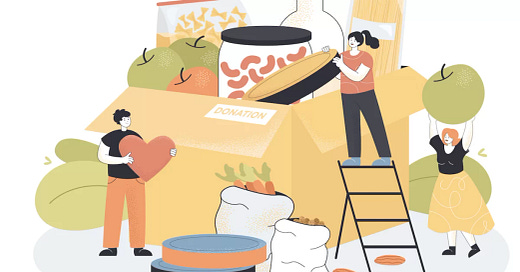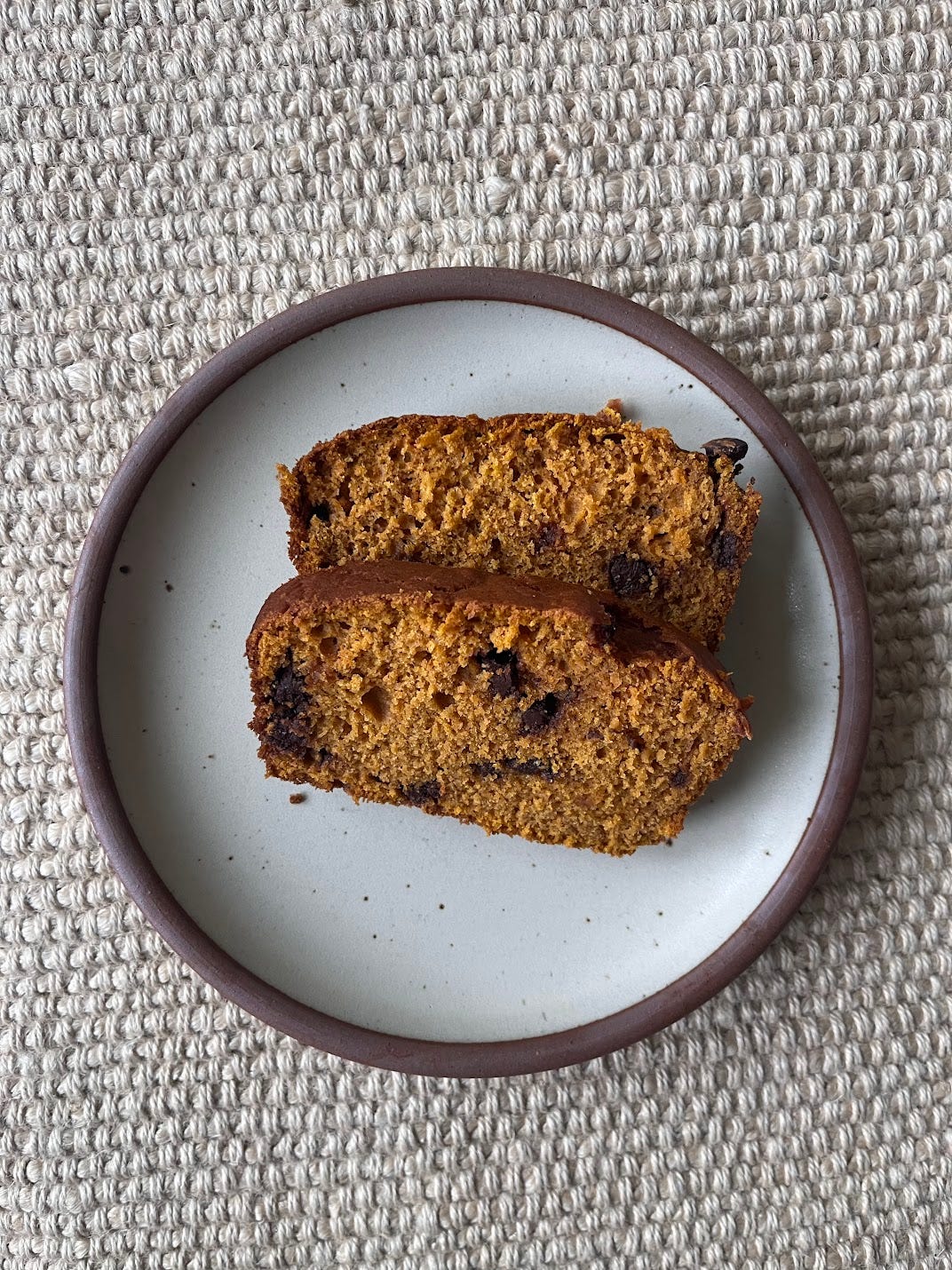Stuck Between a Rock and a Rotten Place
On the toll and threat of government shutdowns for food assistance
On October 1st, the U.S. narrowly avoided a government shutdown. A temporary funding bill has extended the funding deadline to November 17th, but the House’s inability to select a Speaker has thrown our government institutions into a state of unprecedented disarray. While the prevention of a shutdown has allowed many to breathe a temporary sigh of relief, those who rely on food assistance programs remain in a state of anxious limbo as to what will come.
Key federal food assistance programs like SNAP and WIC (the Special Supplemental Nutrition Program for Women, Infants, and Children), are in a particularly precarious situation. These programs use Congressional dollars to subsidize the cost of food for families with with low incomes, and research has shown that SNAP in particular helps reduce poverty and food insecurity, especially for families with children.
If the shutdown had occurred, WIC would have immediately been impacted, leaving the seven million pregnant people, parents, and children who rely on it for grocery assistance and potentially stranded at stores with no way to purchase food. SNAP recipients would have been supported through the end of October, after which they too would have started to feel a squeeze. School nutrition programs, which provide a valuable lifeline to families and children, would also be significantly hampered.
Programs like these are in serious danger even if a government shutdown is averted this time around. SNAP funding in particular is determined by the Farm Bill; which is set to expire at the end of 2023. Congress has missed the initial deadline to pass this legislation as well, which is reevaluated every five years. If the Bill is not renewed, we will see massive reverberations throughout our food system, impacting everything from conservation efforts to food costs.
In the face of all this chaos, I want to see more food as medicine advocates engaging not only with the physical needs of the families served by these interventions, but their psychological needs as well.
Food insecurity is tied to significant mental health challenges in a vicious cycle.A study conducted in the wake of COVID found that food insecurity was associated with a 257% higher risk of anxiety and a 253% higher risk of depression.1 People with poor mental health also struggle to access the conditions that could lead them to more stable access to food, like well-paying jobs or securing housing.2 We know too that the communities experiencing food insecurity the most are those facing multiple social determinant of health challenges, often exacerbated by long histories of institutional and systemic racism and classism.
For those wondering where their next meal will come from, the added stress imposed by failing government action is no doubt exacerbating their anxiety. And this chronic stress makes many of the conditions that we’ve decided warrant food is medicine interventions—diabetes, cardiovascular disease, hypertension, etc.— even worse. If the goal of food as medicine is to eliminate the impact of chronic and diet-related diseases, shouldn’t hunger, and the stress that comes along with it, be part of that purview?
For now, food is medicine advocates can continue pushing for better and more permanent protection of programs like SNAP and WIC. There is an argument to be made that access to these programs supports access to healthy food, saves long term healthcare costs, and improves Americans’ health overall.
As food as medicine is gaining bipartisan support for programs like produce prescriptions and medically tailored meals, I hope that conversations are also being had over longer term solutions to the systemic issues that got us here in the first place. Can food as medicine provide more than just physiological nourishment, but also alleviate the stress that leads to the mental health crises experienced by so many in this country?
Until then, those of us in public health and food must do what we can to call attention to the unfairness and cruelty of how precarious our food assistance system is. We can continue to invest in local solutions and support funding for innovative ideas that connect individuals to the resources they need. And we can hope that one day the cycle of fear, of waiting for people far away to make a decision about the food we get to eat, is made a bit more easeful for those in our communities who are most vulnerable.
Reading
The news is heavy these days. I’m grateful for radical Jewish organizations like JFREJ and their nuanced, grounded take on the violence we are all bearing witness to with broken hearts.
I’m in the thick of school and my reading has been mostly consumed by texts for class. Right now I’m enjoying several books on theories of policy formation and analysis, and I just finished The Book of Eels, which was a quiet, contemplative delight.
Eating
Pumpkin chocolate chip bread. Need I say anything more? (Recipe from King Arthur Baking Co.).
Fang, D., Thomsen, M.R. & Nayga, R.M. The association between food insecurity and mental health during the COVID-19 pandemic. BMC Public Health 21, 607 (2021). https://doi.org/10.1186/s12889-021-10631-0
Myers CA. Food Insecurity and Psychological Distress: a Review of the Recent Literature. Curr Nutr Rep. 2020 Jun;9(2):107-118. doi: 10.1007/s13668-020-00309-1. PMID: 32240534; PMCID: PMC7282962.






